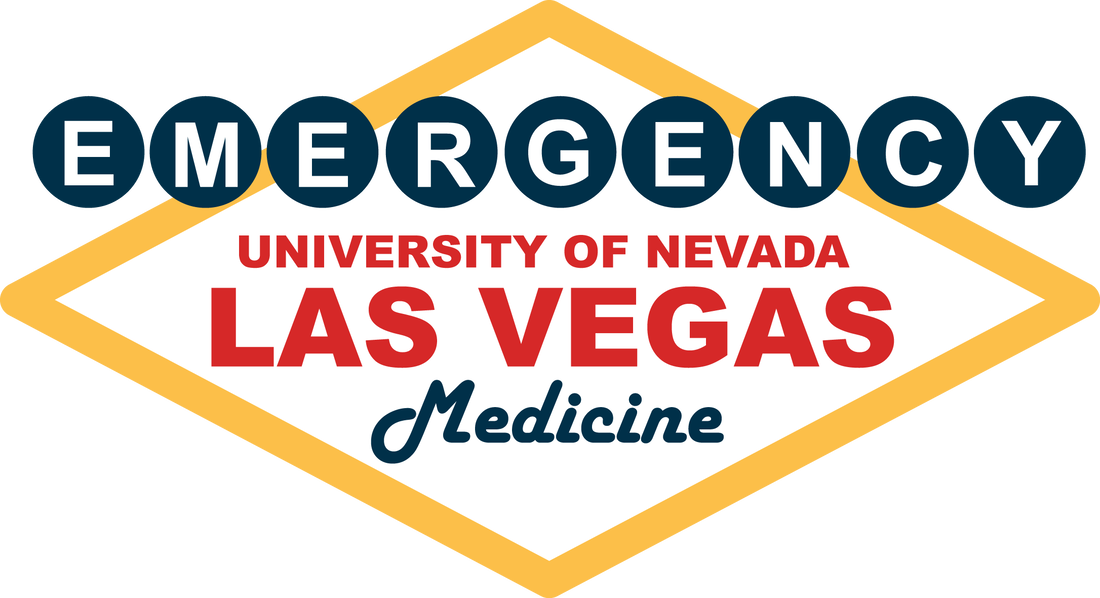|
By: Kelvy Levit, PGY3
Reviewed by: David Slattery, MD The ED thoracotomy (EDT) was originally intended as an access point for open cardiac massage to treat cardiac arrest prior to the 1960’s. Interestingly, this was the only method of providing CPR until closed chest compressions were described by Dr. Kowenhoven in 1960 (1). The ED thoracotomy, also known as a resuscitative thoracotomy (RT), is a controversial but potentially lifesaving procedure in certain patients. It involves exposure of the heart, lungs, and major vessels with the hope that the source of injury can be identified and managed. It is a temporizing measure and usually considered a last resort until definitive treatment in the operating room. Survival rates after an EDT have been shown to be as high as 35% in hypotensive patients with isolated cardiac injuries and 20% in isolated cardiac injuries presenting without signs of life. Survival rates are around 1 to 2% in blunt trauma patients (2). It’s important to know your limitations as an emergency physician performing this procedure. The most likely and most critical interventions that the EM physician can perform are:
1 Comment
By: Chase Hamilton, PGY3
Reviewed by: Brian Ault, DO High-pressure injection injuries are rare injuries that are typically characterized by small puncture wounds whose severity is easily underestimated by physicians and patients. These injuries result from equipment malfunction or misuse that eject a pressurized material with enough force to penetrate human skin. The force is typically generated by the machinery is 3,000 to 10,000 pounds per square inch (PSI). A force of 100 PSI is sufficient to break the skin. Most commonly high-injection injuries occur to the non-dominant hand. These injuries are uncommon yet have high morbidity. The rate of injury is related to the material injected. Studies have shown amputation rates of the affected limb as high as 50% for organic solvents 1. Even if debridement occurs within 6 hours for paint thinner, jet fuel, petrol, or oil the amputation rate is still 38%, compared to 58% amputation rate when treatment occurs over 6 hours. High caustic agents like turpentine and paint solvents, along with higher injection pressures have an amputation rate of about 80% even with appropriate care 2. Organic solvents include paint, paint thinner, diesel fuel, jet fuel, oils, etc. By: Chase Hamilton, PGY3
Reviewed by: David Slattery, MD Acute ST-elevation myocardial infarction is a “must-not-miss” in the world of medicine. Time is myocardium. Along with that adage is the importance of early detection and prevention of myocardial injury and potential infarction. Electrocardiograms (ECGs) are not highly sensitive in detecting early signs of potential ischemia. Also, ECG reading and interpretation is physician dependent and based on experience and education. These two factors make it difficult to reliably detect potential signs of early myocardial damage without infarction or ischemia. The morphology of the T wave in V1 can be a herring for early left anterior descending (LAD) artery disease in patients with active symptoms. The normal morphology of the T wave in V1 is inverted or flat. An upright T wave with active chest pain should make the physician more seriously consider cardiac etiology and further evaluate and study the ECG and/or ensure serial ECGs are performed2. The upright T wave is considered a type of hyperacute T wave. Specifically, it should be considered hyperacute if the T wave in V1 is larger than the T wave in V6. This is described as loss of precordial T wave balance by Marriott et al. Literature has found that it was present in 36% of subtle LAD occlusion versus 16% of precordial early repolarization1,3. |
ABOUT USVegasFOAM is dedicated to sharing cutting edge learning with anyone, anywhere, anytime. We hope to inspire discussion, challenge dogma, and keep readers up to date on the latest in emergency medicine. This site is managed by the residents of Las Vegas’ Emergency Medicine Residency program and we are committed to promoting the FOAMed movement. Archives
June 2022
Categories |
CONTACT US901 Rancho Lane, Ste 135 Las Vegas, NV 89106 P: (702) 383-7885 F: (702) 366-8545 |
ABOUT US |
WHO WE ARE |
WHAT WE DO |
STUDENTS |
RESEARCH |
FOAM BLOG |
© COPYRIGHT 2015. ALL RIGHTS RESERVED.
LasVegasEMR.com is neither owned nor operated by the Kirk Kerkorian School or Medicine at UNLV . It is financed and managed independently by a group of emergency physicians. This website is not supported financially, technically, or otherwise by UNLVSOM nor by any other governmental entity. The affiliation with Kirk Kekorian School of Medicine at UNLV logo does not imply endorsement or approval of the content contained on these pages.
Icons made by Pixel perfect from www.flaticon.com
Icons made by Pixel perfect from www.flaticon.com

 RSS Feed
RSS Feed
